Thinking about adopting a sighthound soon? Want to learn a bit more about what makes a sighthound, a sighthound? Heck, maybe you’re just a canine enthusiast looking to brush up on your dog knowledge. Whatever the case may be, we’d love to edify you by introducing you to 21 of the most unique, lovable, and iconic sighthound breeds in the world!
Check out our list of sighthound breeds below to discover greyhound types, slender dog breeds, greyhounds, whippets, rare sighthound types and more! Then you see if they are the perfect pets for you!
What Is a Sighthound?
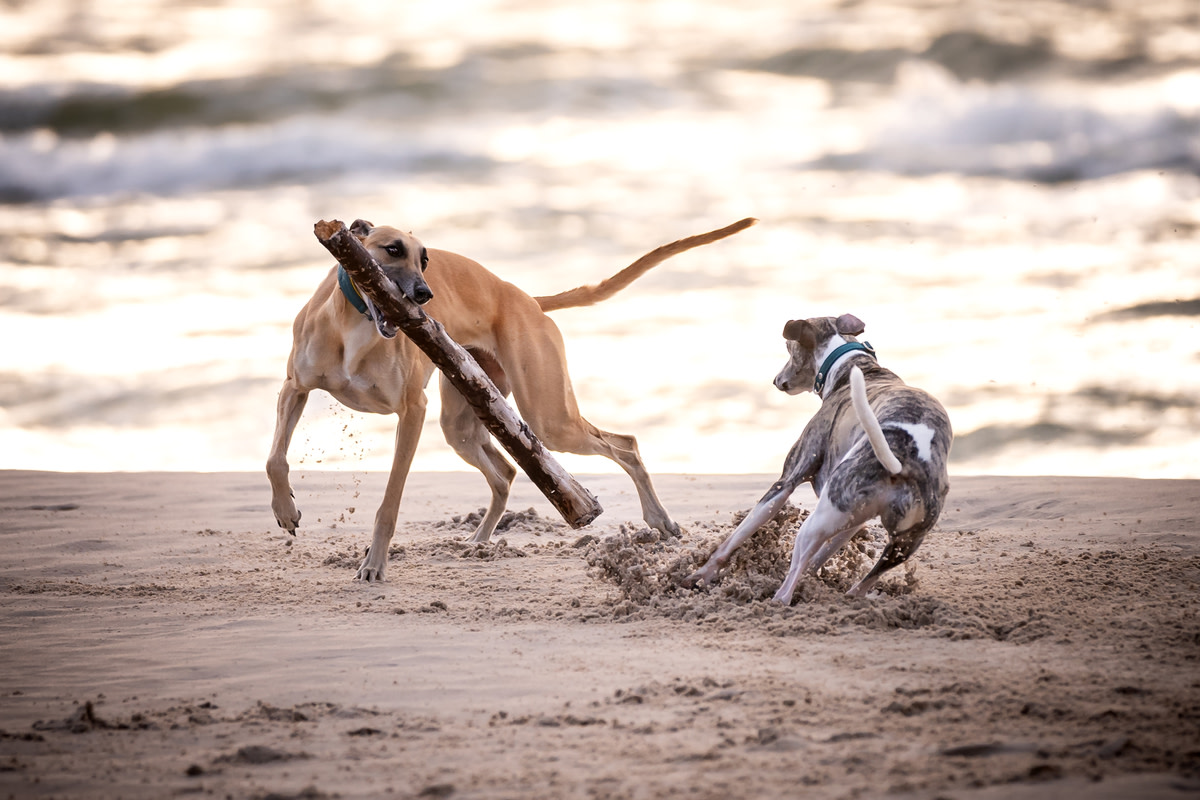
All hound dog breeds were originally bred for the purposes of hunting, but not all hound dogs have the same strengths. Most hound dogs fall into one of two primary categories: scenthounds, which can track prey by their smell over long distances, and sighthounds, which, as the name implies, rely on sight.
Unlike scenthounds, which are built for stamina, sighthounds are built for speed. Because sighthounds have to keep their prey in sight, they have to move quickly, which is why sighthounds are renowned for being wiry, athletic dogs. Though there’s plenty of variation between different breeds, most sighthounds are lithe, agile, and capable of moving at great speeds thanks to their long legs, large hearts, and highly efficient lungs.
The American Kennel Club currently recognizes 16 distinct breeds of sighthounds (aka gazehounds), while other organizations, such as the United Kingdom’s Kennel Club and the Indian National Kennel Club, recognize several more sighthound breeds that aren’t as common in the US. In this article, we’ll go over the most common and recognizable sighthounds (at least for US readers), as well as introduce you to a few rarer sighthound breeds you may have never heard of!
Popular Sighthound Breeds
These are some of the most popular and well-known sighthound breeds in the US. Chances are, even if you’re not a bona fide canine expert, you’ll recognize a few of these breeds!
Afghan Hounds
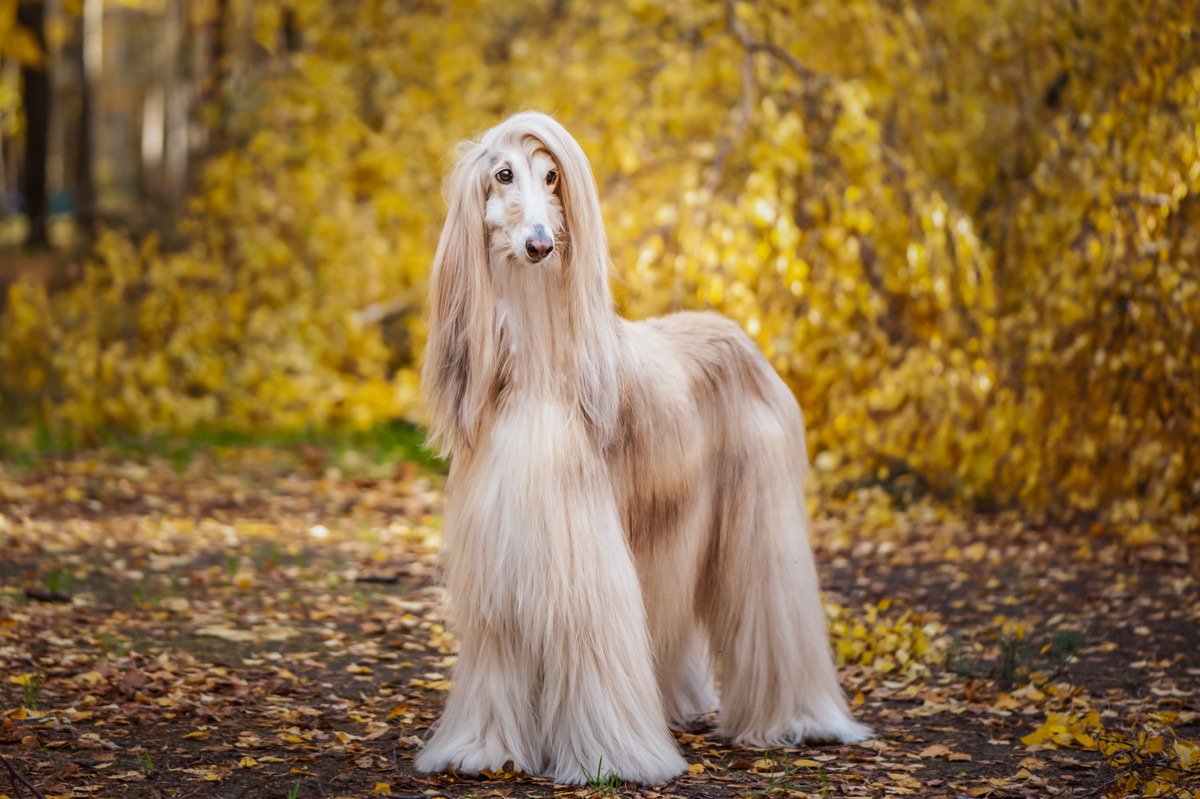
Most sighthounds are very sleek, stylish, and slender dogs, but the Afghan Hound might just be the most stylish of them all. Bred to withstand the cold, harsh conditions in the mountains of Afghanistan, Afghan Hounds are instantly recognizable for their long, silky, and flowing coats that drape over their tall, elegant frames. Personality-wise, they are loyal and generally good-natured dogs, but their strong independent streak can make them challenging to train. Afghan Hounds are intelligent, but they’re just not as inclined to obey their masters without plenty of training!
Borzoi
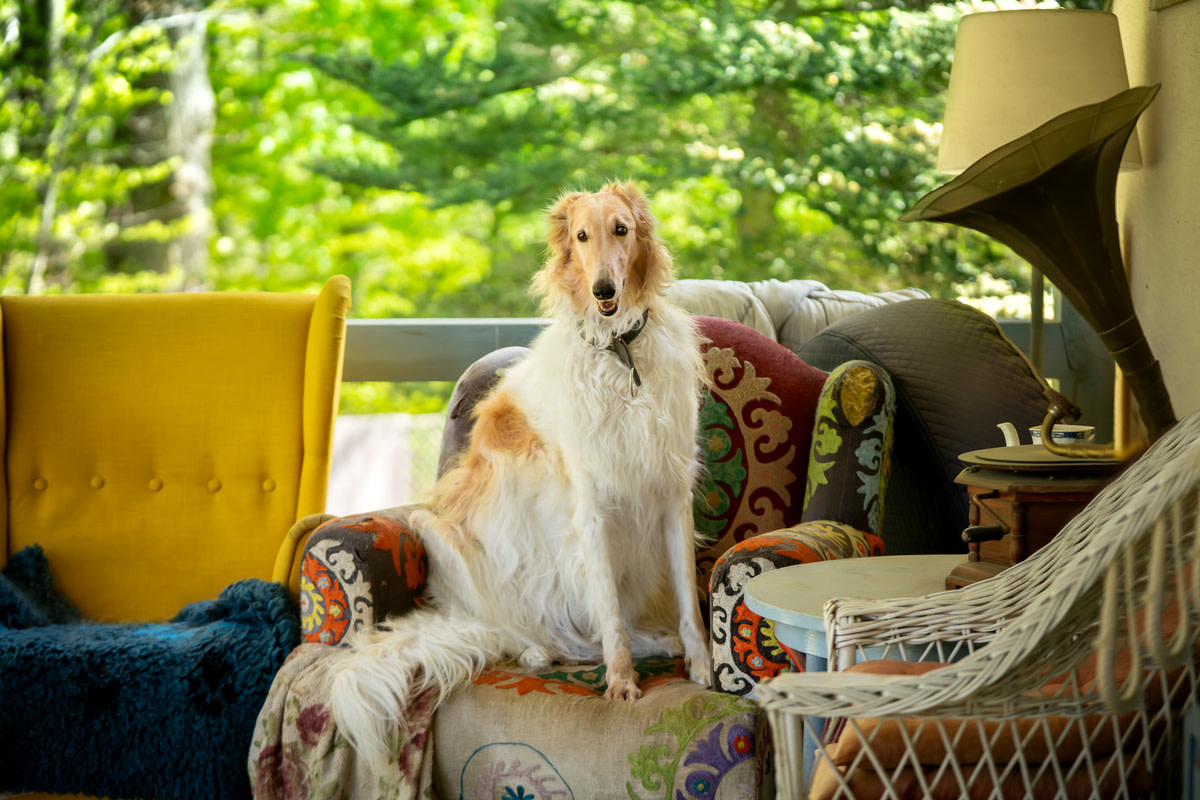
The Borzoi, or Russian Hunting Sighthound, is a tall, lean sighthound with a long, wavy, silky coat (though not nearly as long as the Afghan Wolfhound’s). Once bred by the Tsars of Russia as hunting dogs for the nobles, Borzoi are known to have a regal, refined air that harkens back to their royal roots. Haughtiness aside, though, they’re known to be intelligent and affectionate dogs, though they need lots of daily physical activity and mental enrichment!
Greyhound
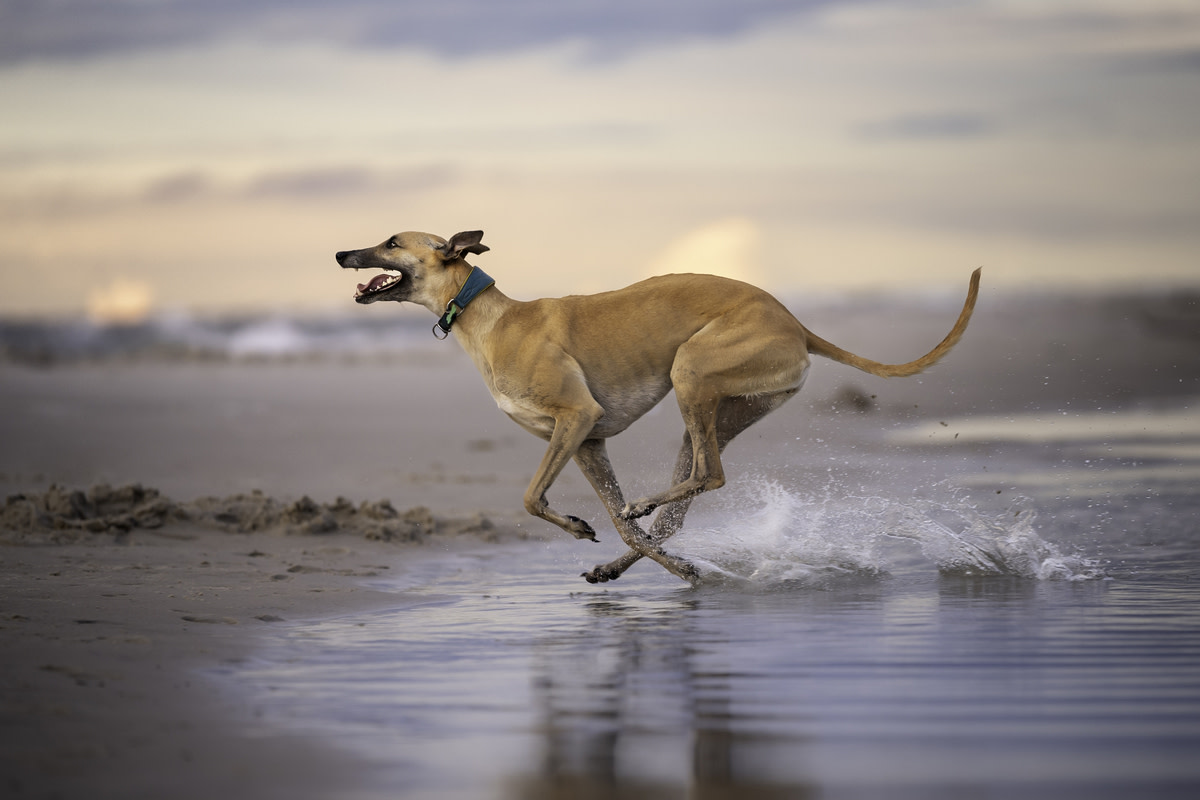
The fastest dogs in the world, Greyhounds are capable of reaching speeds of around 45 mph. Greyhounds can trace their ancestry as far back as ancient Egypt, and they’ve been the beloved dogs of aristocrats from all across Europe, Asia, and North Africa for thousands of years. Greyhounds were bred for both hunting and racing due to their high running speeds, although in recent years, the practice of Greyhound racing has come to be seen as cruel and is banned in many places where it was once popular. The Greyhound has a long, sleek body with a distinctive “inverted S curve” shape due to its deep chest and tiny waist. They also have short, close-cropped coats—quite unlike Afghan Hounds or Borzois!
Irish Wolfhound
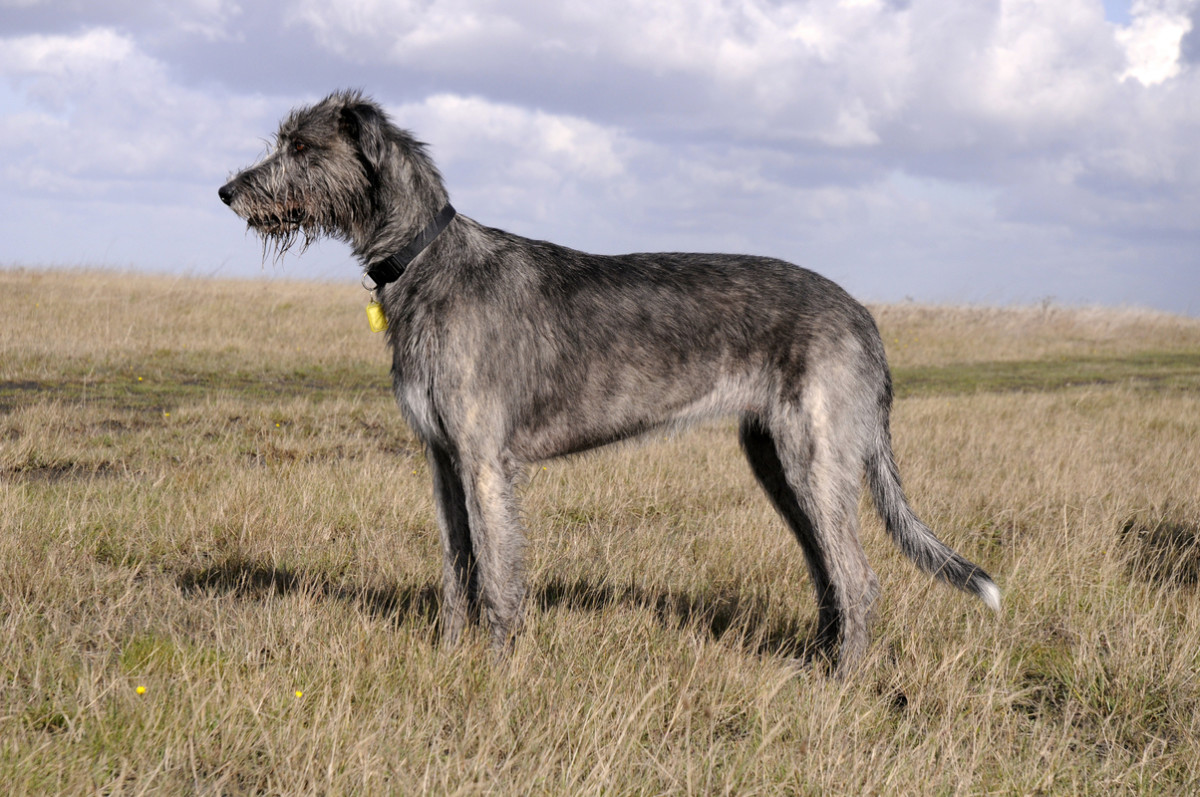
Irish Wolfhounds are the tallest dog breed recognized by the AKC, with an average height of 30-32″ inches at the shoulder. Their tall frames are covered in wiry, shaggy coats that come in a variety of different colors, including grey, black, white, red, and bi- or -tricolor patterns. Though Irish Wolfhound are fierce hunter when on the chase, they’re gentle giants off the clock. Irish Wolfhounds are, by and large, calm, cool-headed, and very affectionate dogs who are fiercely loyal to their families.
Related: How to Train Your Scenthound Dog to Come When Called
Italian Greyhound
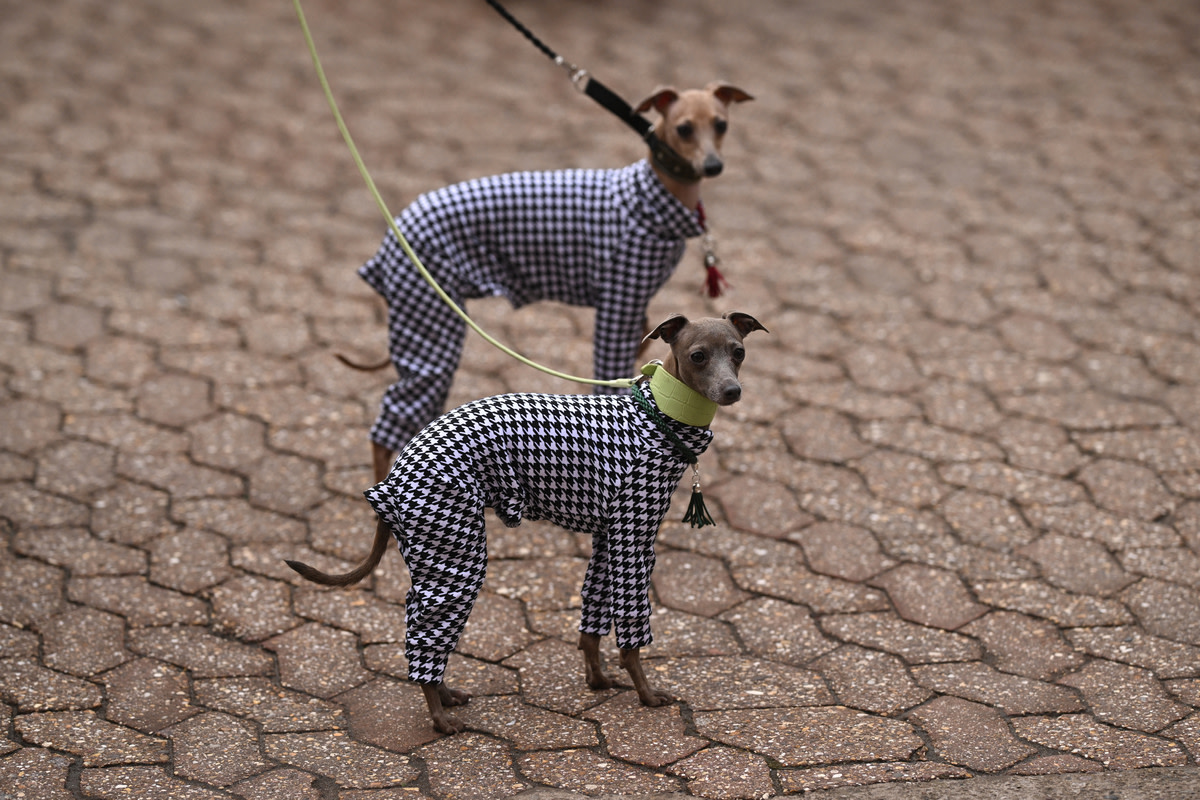
Take your standard Greyhound, zap them with a shrink ray till they’re about half their normal height, lengthen their ears a bit, and you’ll have an Italian Greyhound (or IG for short). OK, obviously that’s a gross oversimplification, but it may give you a pretty good idea of their appearance (and indeed, IGs are often described as “Greyhounds in miniature“). Though originally bred for hunting, Italian Greyhounds were primarily kept as companion dogs by European aristocracy. Due to their friendliness, playfulness, and relatively small size (their average height is around 13-15” tall), IGs still make great lap dogs even to this day!
Saluki
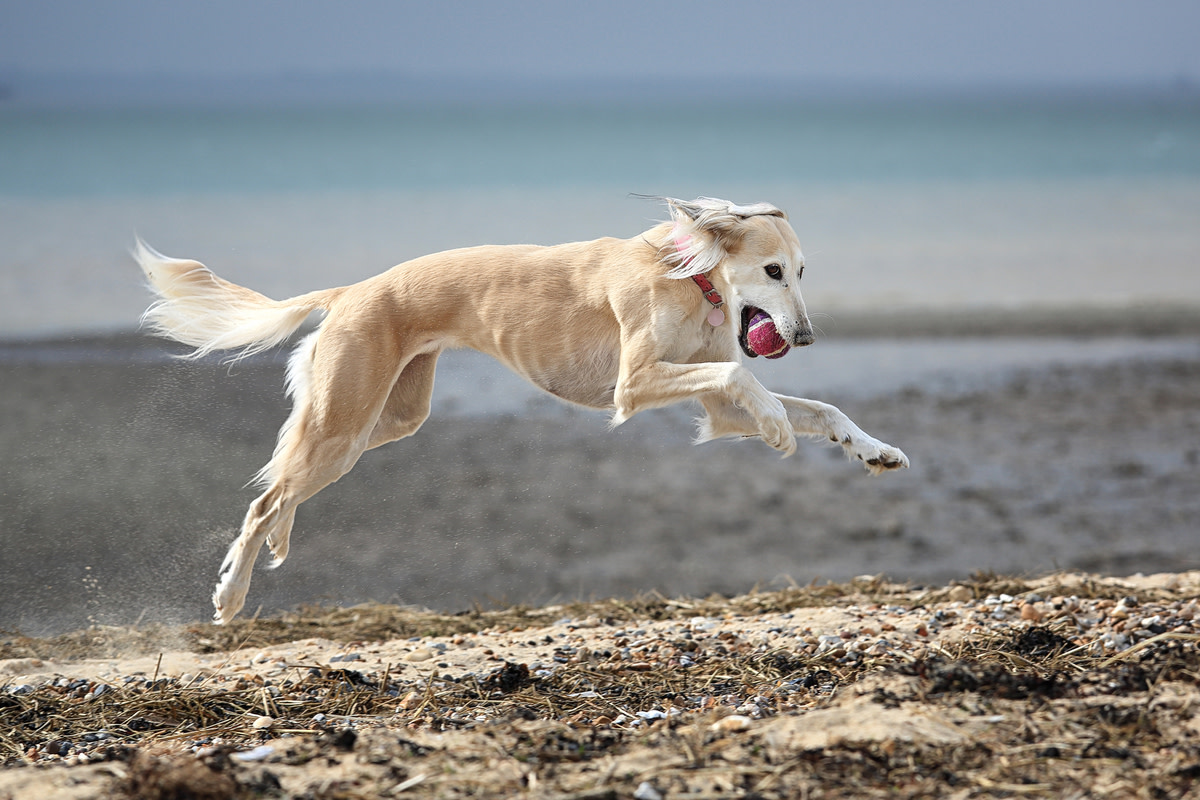
Salukis, or Persian hounds, have a long, long history dating back thousands of years to the ancient Fertile Crescent. Salukis (or at least their distant ancestors) have been depicted in ancient Mesopotamian wall carvings, Egyptian tombs, and paintings from Ming Dynasty Chinese emperors. Though Salukies are most closely related to the Afghan Wolfhound, they lack the Afghan Wolfhound’s distinctively long coat. Most Salukis have short, close-cropped coats, save for some silky feathering around the ears and tail. They are very gentle, sweet-natured, and loyal dogs, though they need lots of mental stimulation!
Scottish Deerhound

The giant Scottish Deerhound (also known as the “Royal Dog of Scotland“) is named thus because they were originally bred by Scottish clan chieftains to hunt giant red deer. Although Scottish Deerhounds are huge, rivaling the Irish Wolfhound in size, they are extremely affectionate, sweet-natured, and friendly, even towards other dogs (so long as they’re properly socialized). Just because these dogs were bred to be master hunters doesn’t mean that they’re not huge softies!
Silken Windhound
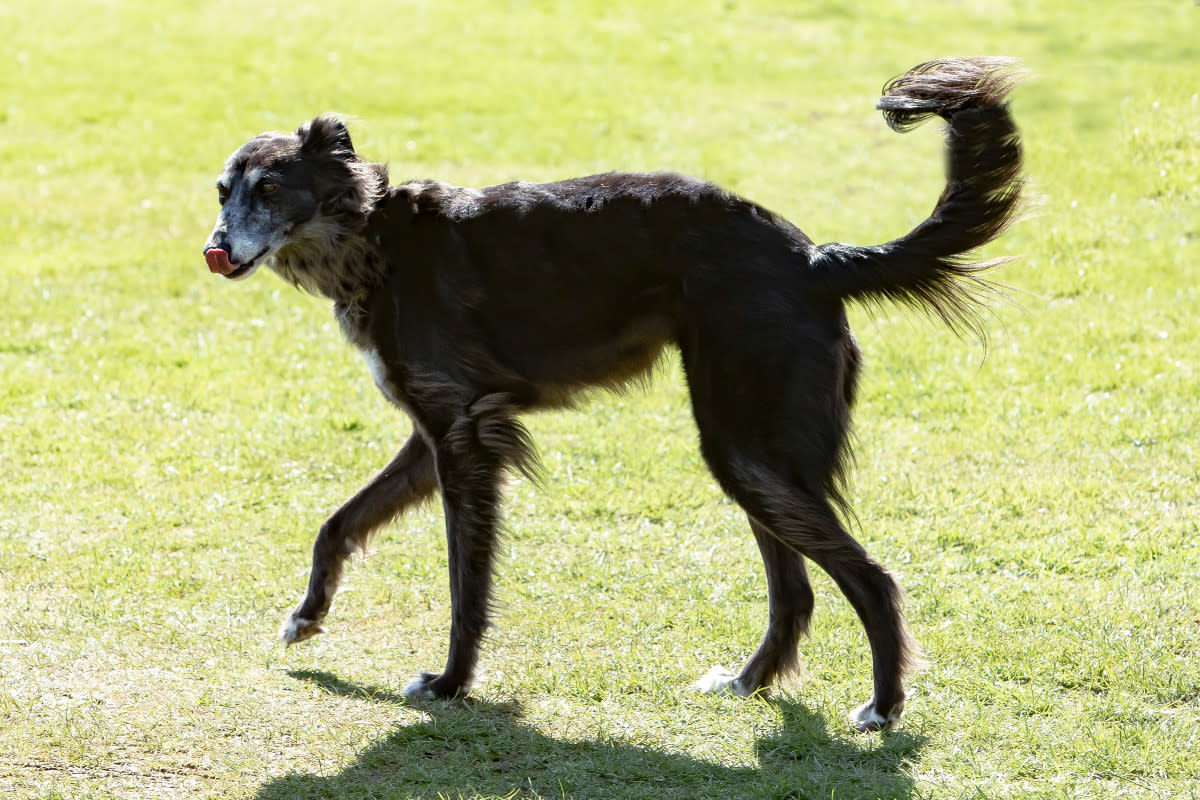
Unlike some of the aforementioned sighthound breeds, which can trace their origins back through millennia, the Silken Windhound is a relatively new breed of dog. Silken Windhounds were first “developed” in Austin, Texas, in the 1980s by crossbreeding Borzoi, Salukis, Greyhounds, and Whippets. As such, they look like smaller versions of Borzoi and share many similar personality traits with them—playfulness, intelligence, and energetic attitude.
Sloughi

Also known as the Arabian Greyhound, the Sloughi is another ancient breed originating from North Africa. Neolithic rock paintings and engravings from Algeria depict slender-bodied, drop-eared dogs that are believed to be Sloughis (or at least their genetic ancestors). Sloughis are thought to be closely related to Salukis, and indeed, Sloughis look very similar to Salukis, albeit without the feathery fur on the ears and tail. Like Salukis, Sloughis are also very intelligent, graceful, and energetic.
Whippet
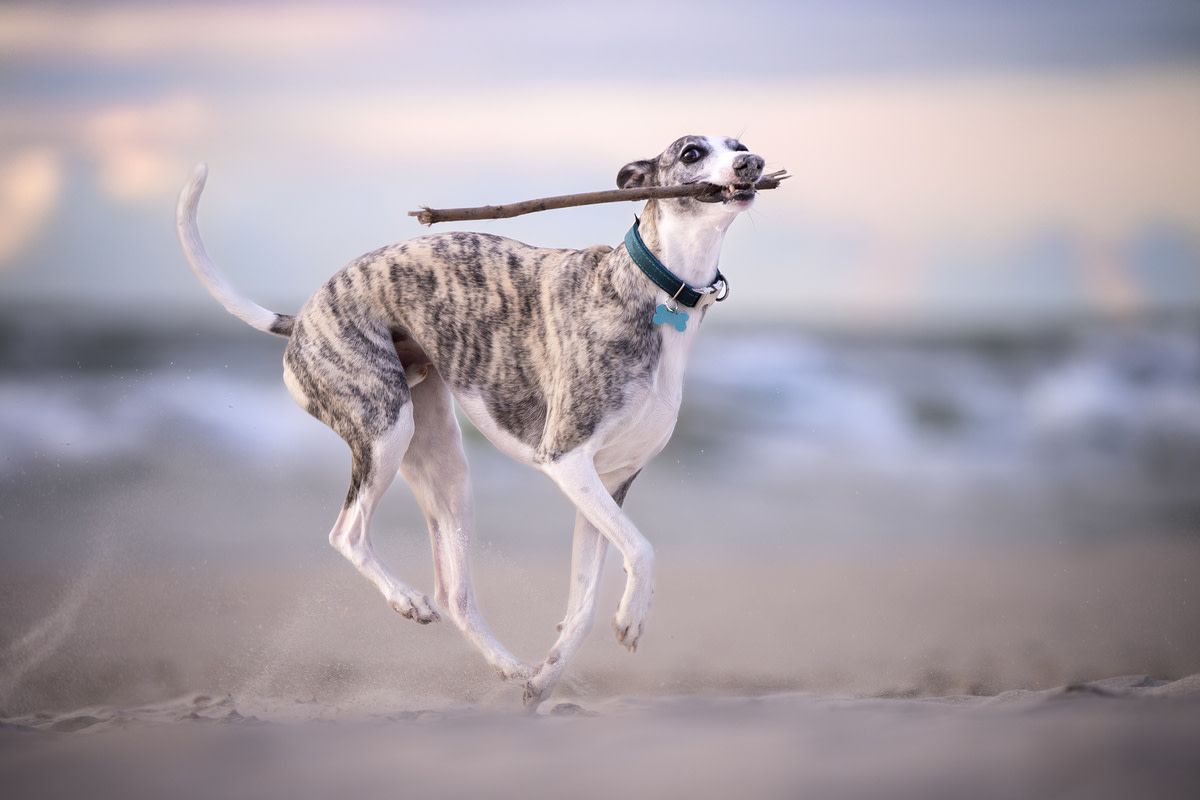
The Whippet is a medium-sized British sighthound breed that closely resembles a smaller Greyhound (or, alternatively, a slightly larger Italian Greyhound). Originally bred to hunt small game, Whippets were also popular as racing dogs for a time (they are the fastest dogs of their size, capable of reaching speeds up to 35 mph) and were also beloved as companion dogs. It’s easy to see why: Whippets are intelligent, playful, very friendly, and bark very little, at least compared to the average dog.
Rare or Uncommon Sighthound Types
Those are some of the more well-known sighthounds out there, but that only scratches the surface. Here are eleven more less-common (and in some cases, extremely rare) sighthounds that you probably won’t see out and about at your local dog park!
Basenji
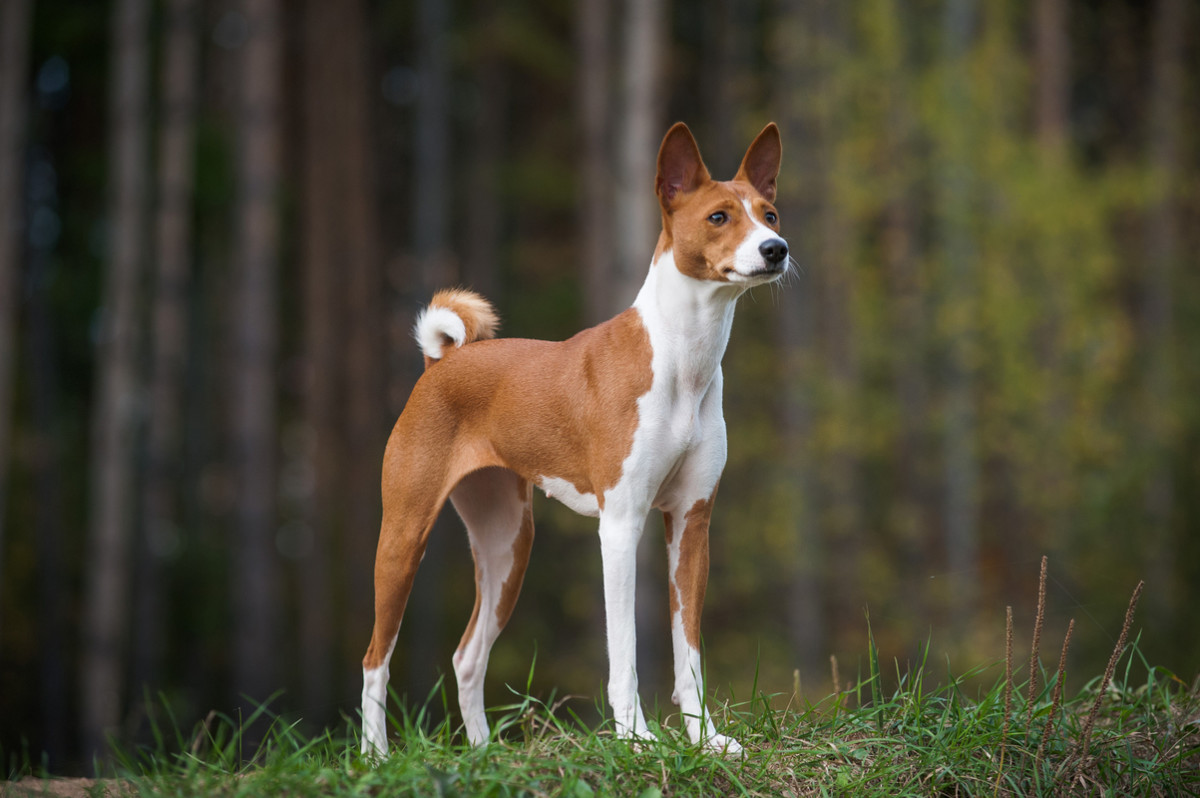
The Basenji is a small hunting hound from Central Africa with a very unique vocal trait. Basenjis have uniquely shaped larynxes compared to other dogs, and instead of barking, they make a kind of yodeling sound! Like other sighthounds, Basenjis tend to be very intelligent and energetic. Unfortunately, they also tend to be very, shall we say, “independent,” rivaling the Afghan Hound in terms of overall disobedience. Any good Basenji parent needs to be a very patient and consistent trainer!
Azawakh
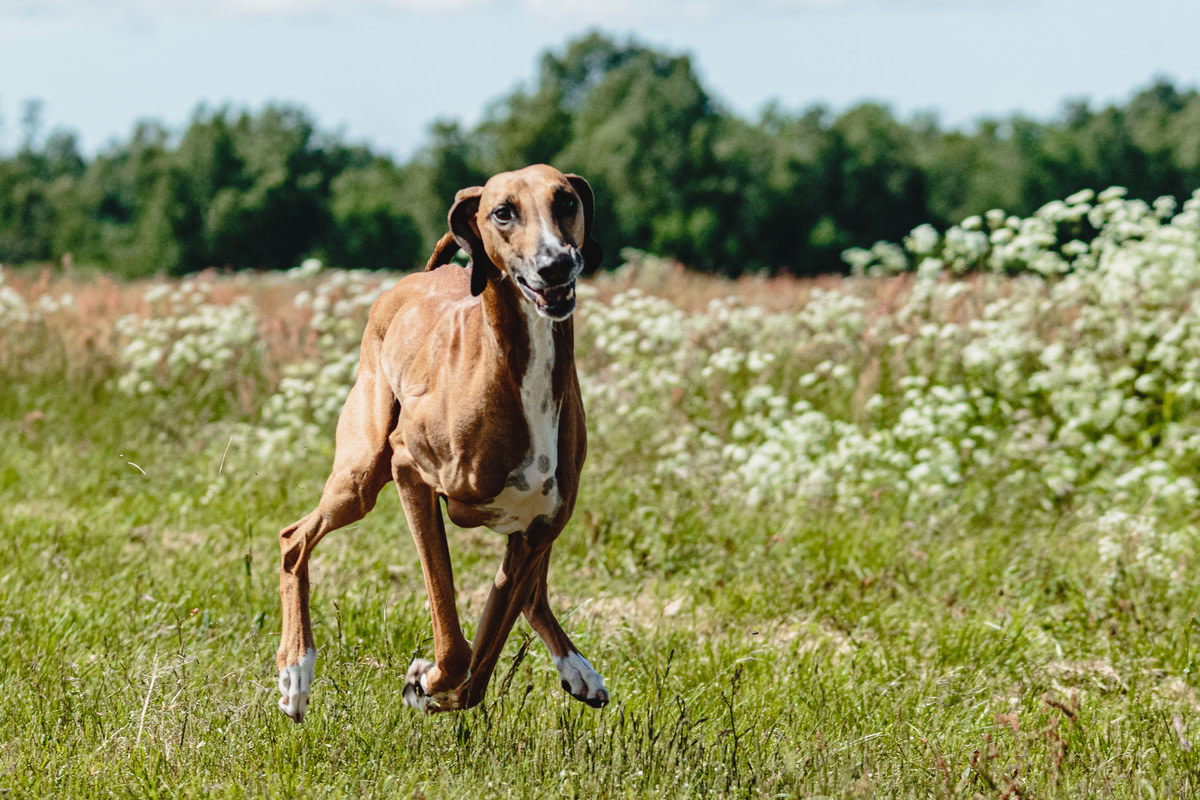
The Azawakh is an extremely rare sighthound breed (at least in the US) originating from West Africa. It is a tall, slender, and graceful hound not dissimilar to the Sloughi (in fact, the AKC notes that the Azawakh is also known as the Tuareg Sloughi, named for the Berber nomadic people that breed them). They are energetic yet even-tempered dogs with reserved yet loyal personalities.
Chortaj
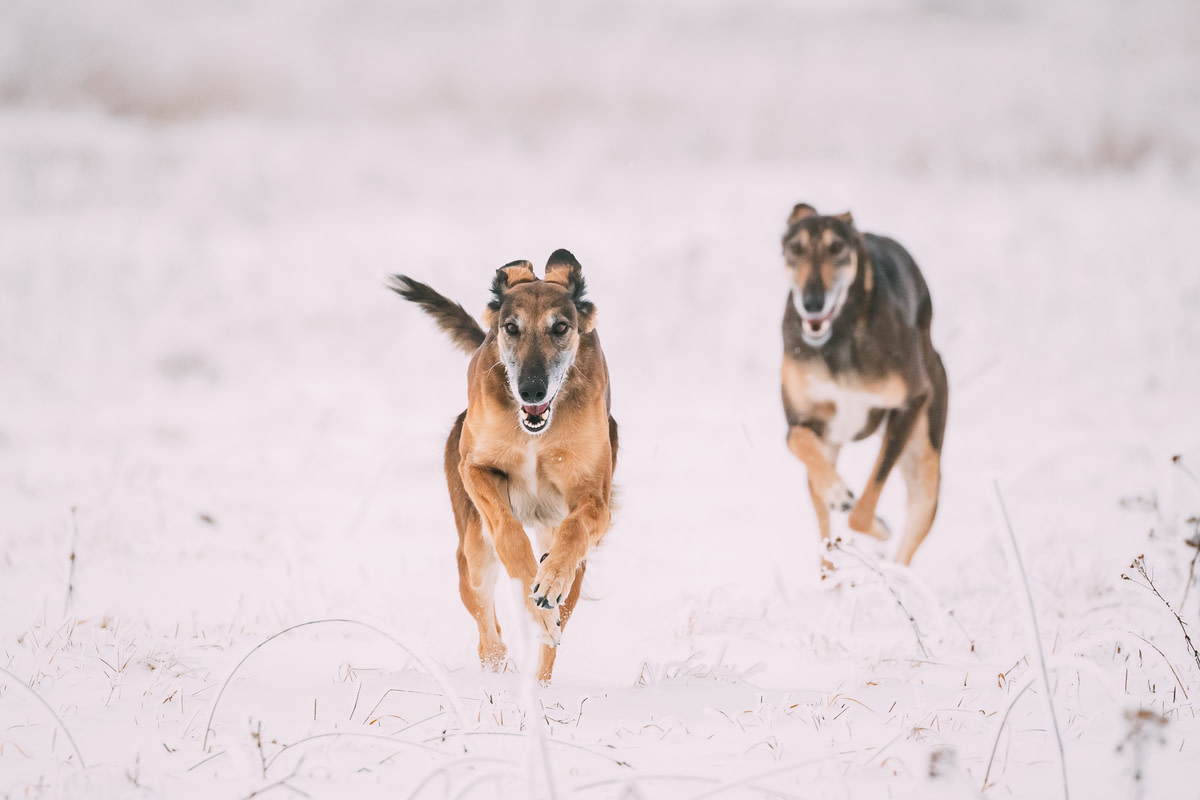
The Chortaj/Chortai, also known as the Hortaya Borzaya, is a Eurasian hunting dog that resembles a Greyhound with a more Borzoi-esque face. They are an incredibly rare breed of dog, with only an estimated 3,000 of them currently in existence, but they are said to be intelligent, independent, and friendly (if aloof) towards humans.
Taigan
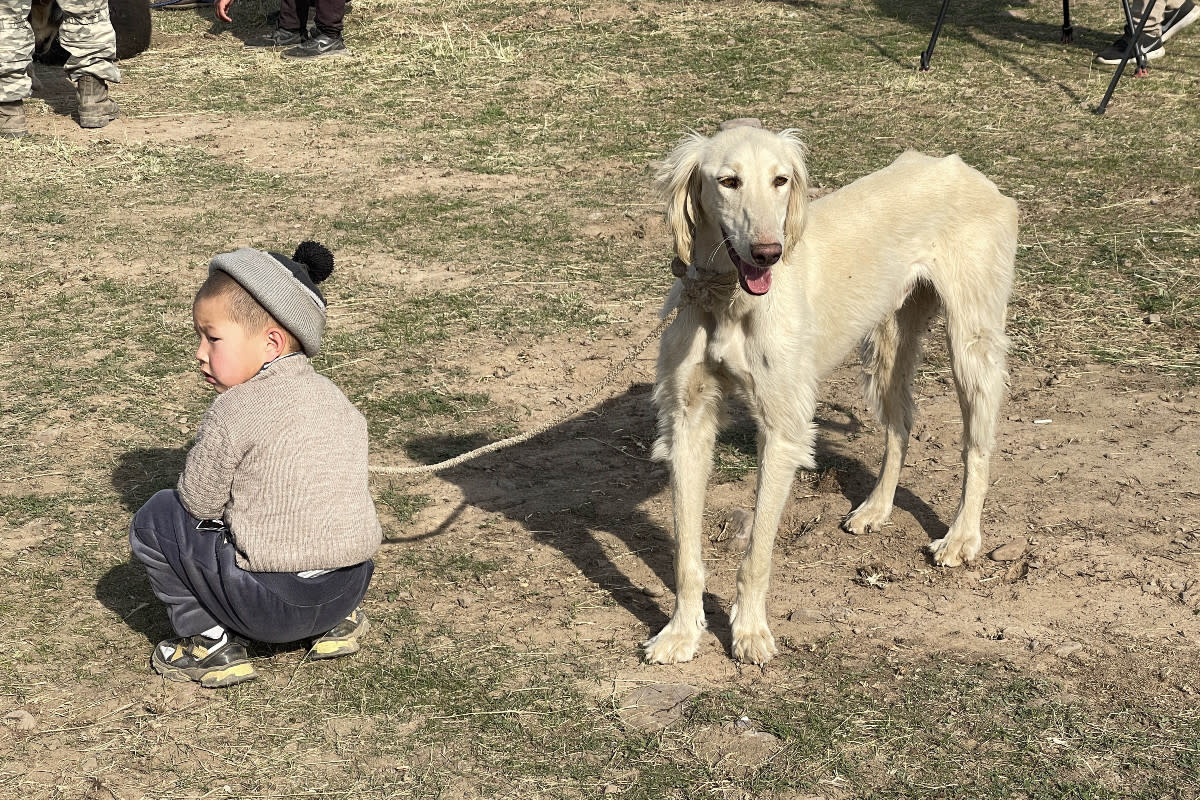
The Taigan is a curly-coated sighthound bred by the nomadic Kyrgyz people of Kyrgyzstan as hunting dogs. According to Wag!, the Taigan at one point came close to extinction after “the nomadic way of life gave way to settlements.” Many of these former hunting dogs became strays, which were then killed off in culling campaigns. Fortunately, a select few dog breeders managed to preserve the breed, and in 1964, the USSR created the first breed standard for the Taigan. Even to this day, the Russian Kennel Club is making concerted efforts to save the Taigan from extinction.
Kanni
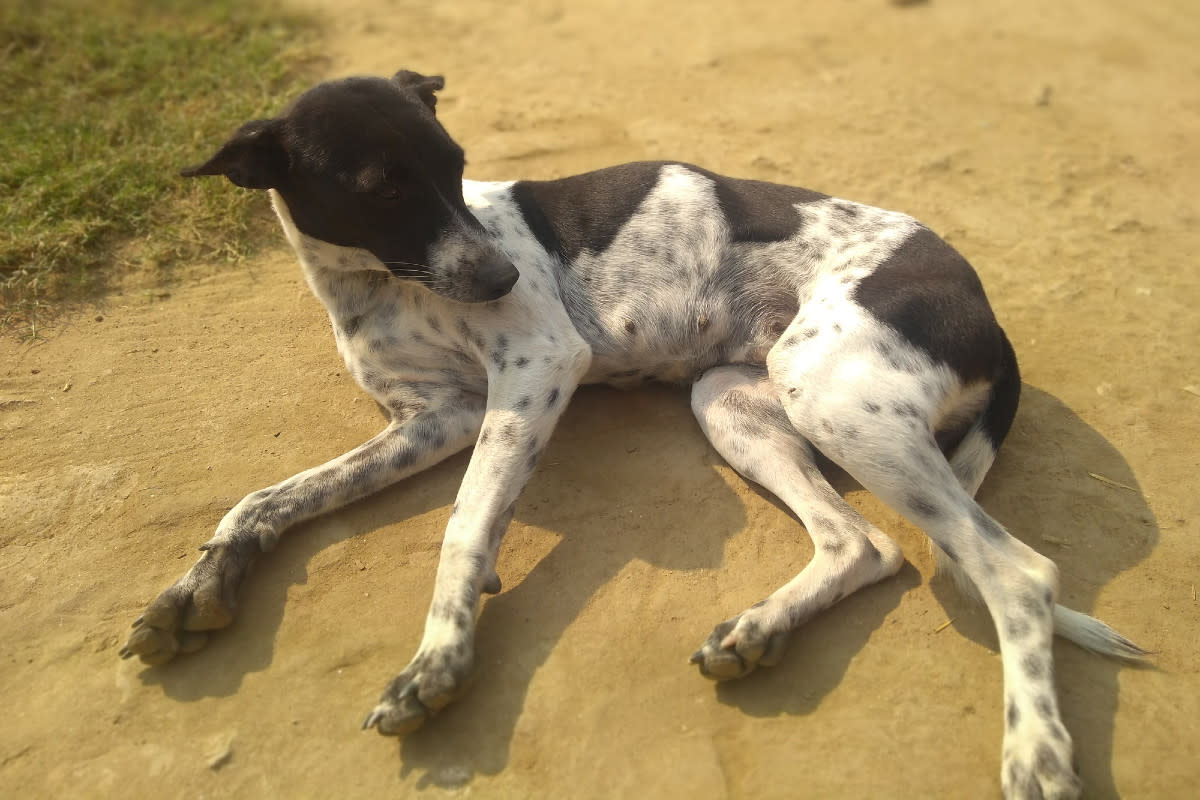
Also known as the “Maiden’s Beastmaster,” the Kanni (Tamil for “pure”) is a very rare breed of sighthound from Tamil Nadu in South India. As is the case with most sighthounds, they were originally bred for hunting, and it was once traditional to give them as gifts for newlywed brides for protection. Unfortunately, the Kanni is extremely rare nowadays, and the breed is in danger of going extinct altogether.
Chippiparai
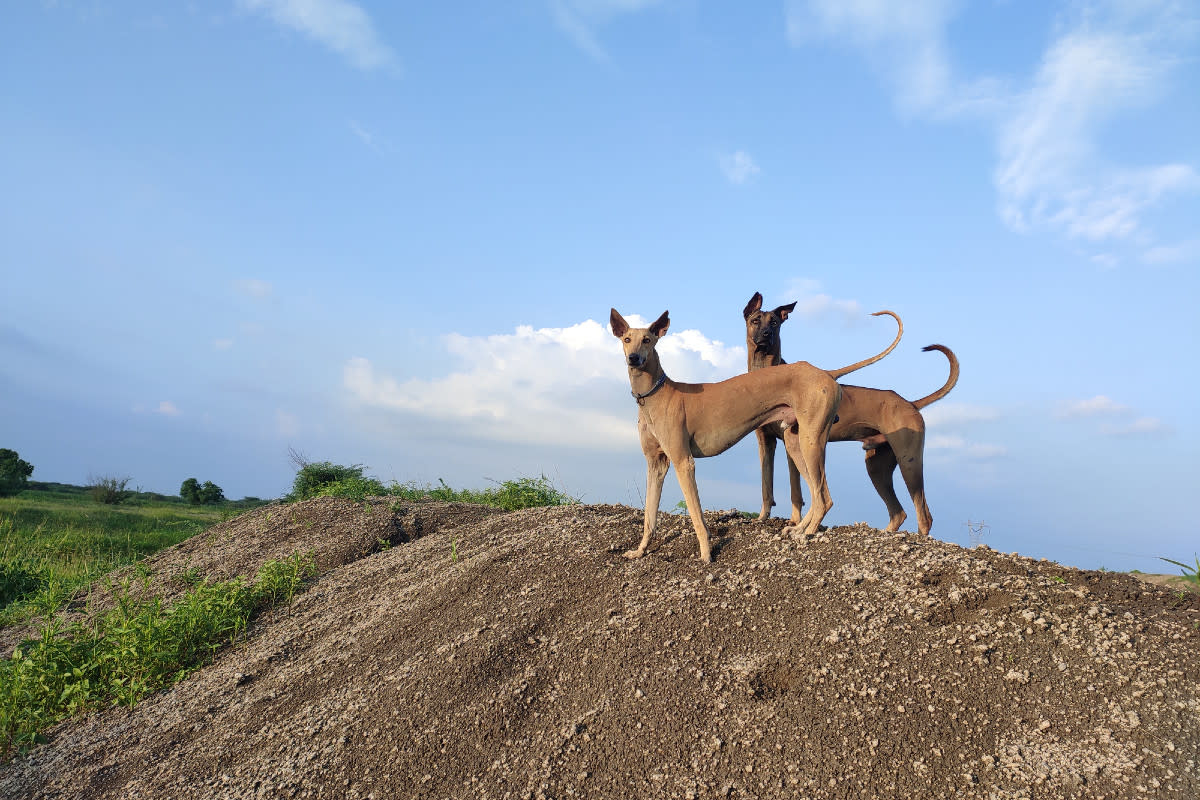
The Chippiparai, also from Tamil Nadu, might be considered a controversial inclusion, as many people believe that Kanni and Chippiparai are the same breed of dog: Kanni are the black and tan versions, Chippiparai are the solid-colored ones. However, other experts believe that Chippiparai and Kanni are separate (if closely related) breeds. Chippiparai are highly intelligent dogs that were once bred as hunting hounds by the royal families in the region. Unfortunately, much like the Kanni, they are at risk of extinction due to crossbreeding.
Cirneco dell’Etna
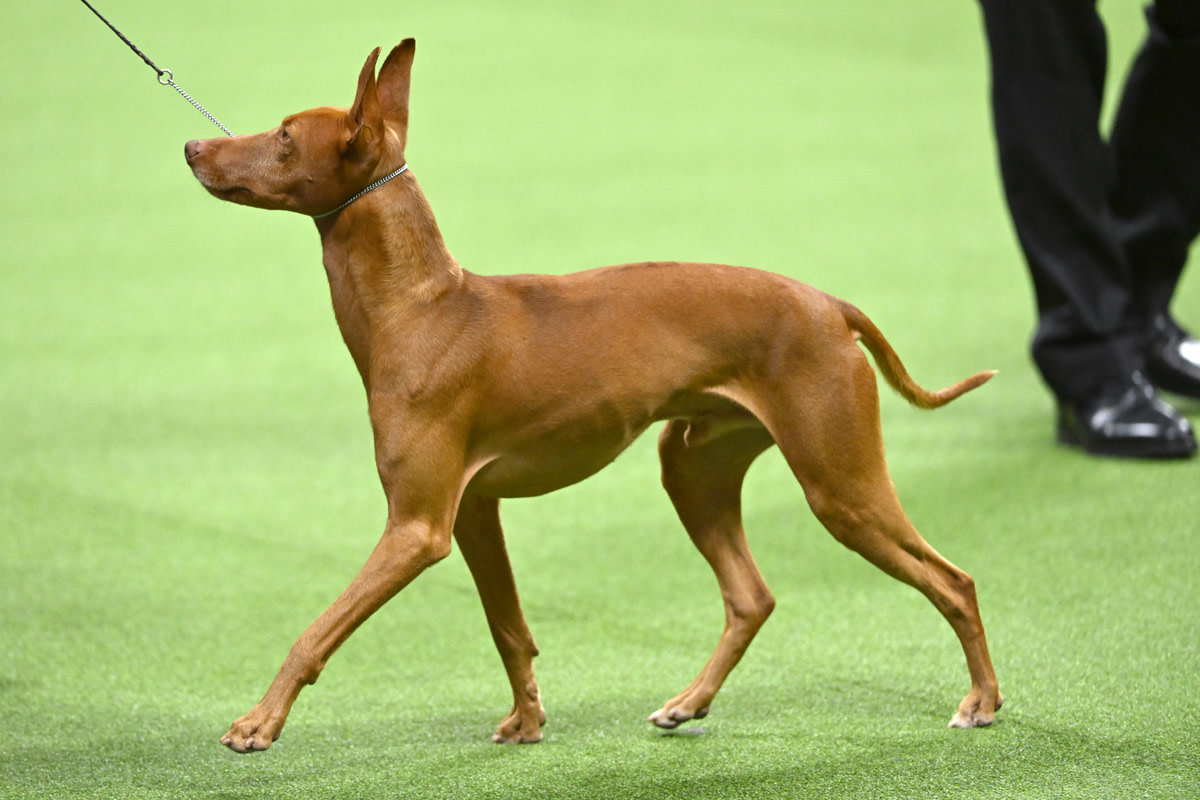
The Cirneco dell’Etna is a petite rabbit-hunting sighthound breed from the Mediterranean island of Sicily (dell’Etna refers to the famous Sicilian volcano Mt. Etna). The Cirneco came close to extinction in the 1930s, but concerted efforts from dog enthusiasts have managed to bring this unique breed back from the brink, though they’re still quite rare in the US.
Related: Are Hounds Hard to Train?
Pharaoh Hound
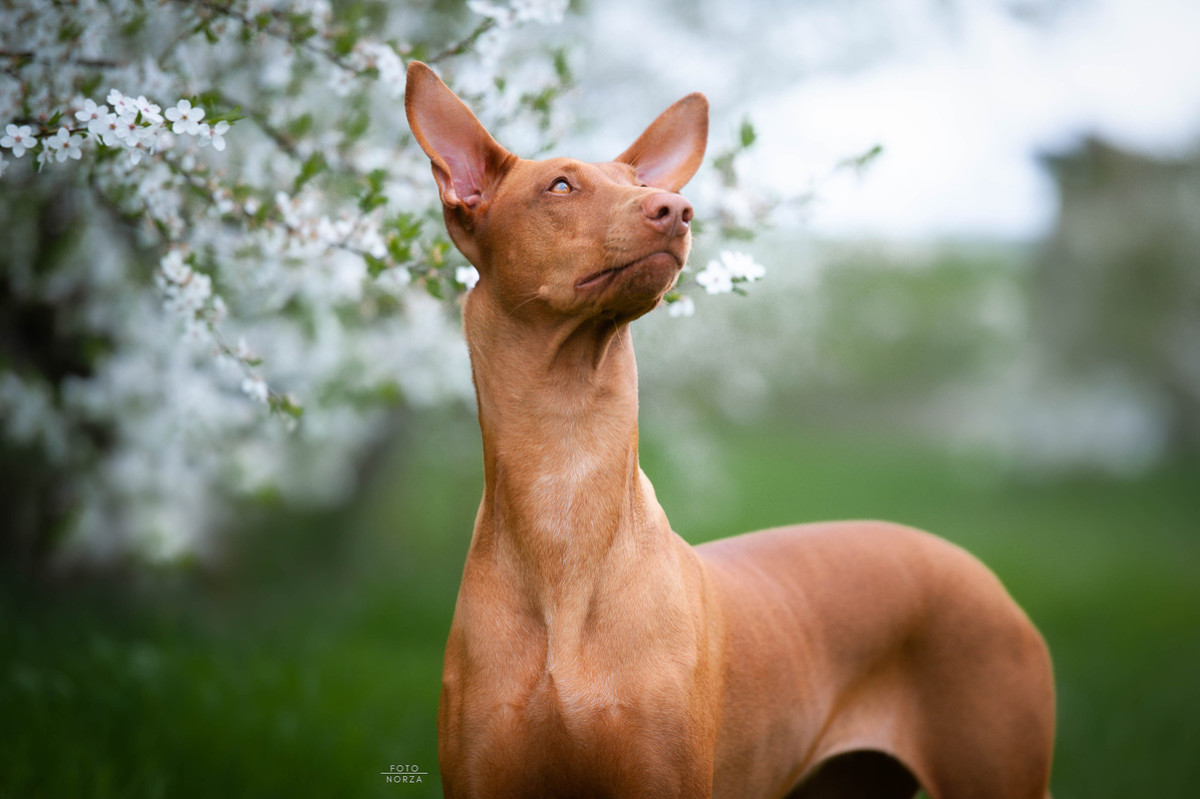
As the name suggests, the Pharaoh Hound can trace its genetic origins all the way back to Ancient Egypt. However, Pharaoh Hounds as we know them today hail not from Egypt, but from the island of Malta, where they’ve been bred for over 2,000 years. Today, they are recognized as the National Dog of Malta, and are beloved for their playfulness, intelligence, and their unique tendency to “blush” when they’re happy. Aww!
Rhodesian Ridgeback
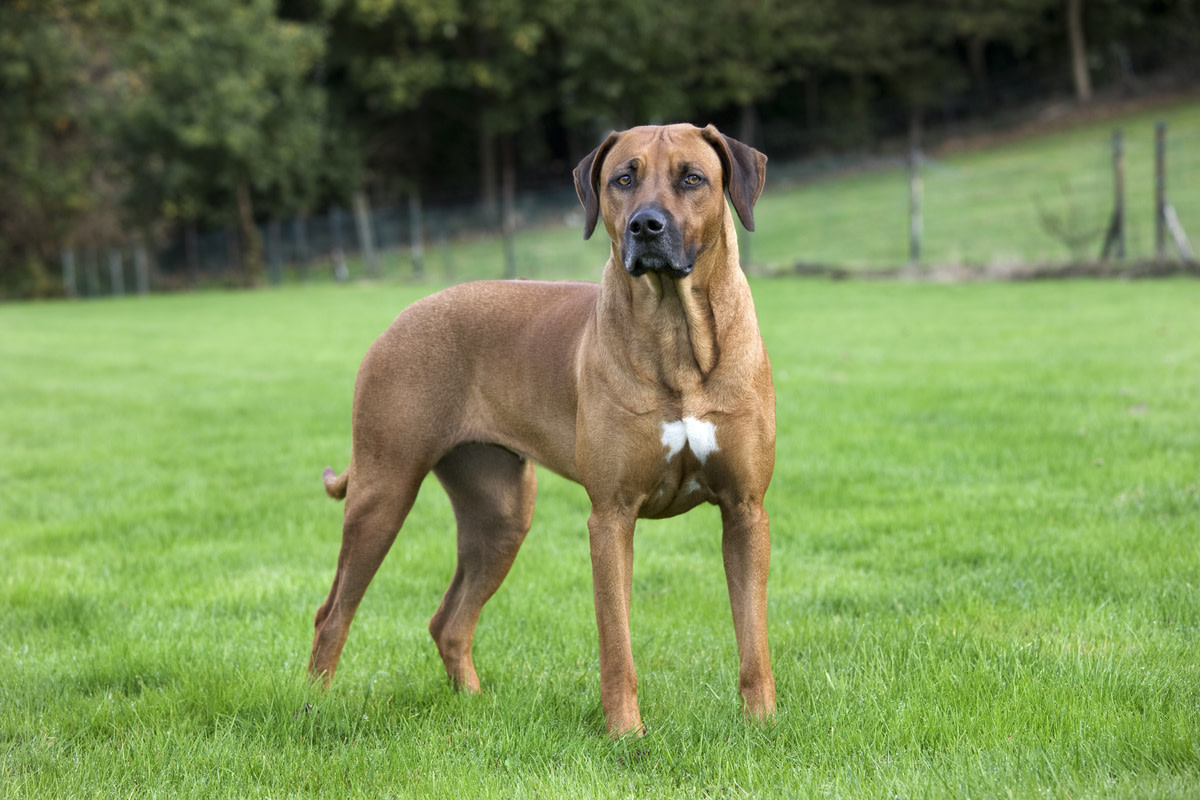
Bred by Dutch colonists in Southern Africa, the Rhodesian Ridgeback is a result of crossbreeding between several European species (including the Greyhound) and the native dogs of the Khoikhoi people of South Africa. These large dogs were bred to hunt big game like leopards and lions, and they are fiercely protective of their families. Fun fact: the first American breeder of Rhodesian Ridgebacks was the dreamy 1930s movie star Errol Flynn.
Galgo Español
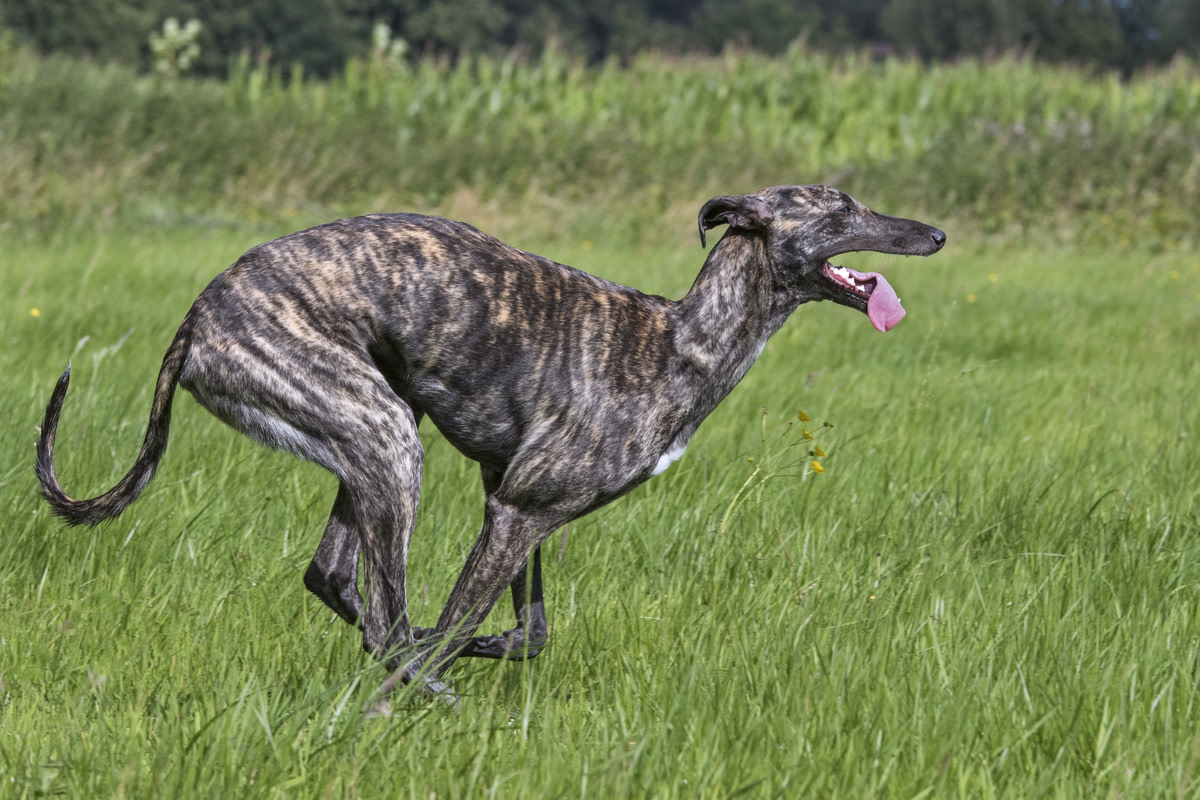
The Galgo Español, or Spanish Greyhound, is superficially similar in appearance to the standard Greyhound, save for some slight differences in build. However, unlike Greyhounds, Galgo Español can come in two different coat varieties: smooth, which is similar to what standard Greyhounds have, and rough, which is slightly shaggier and wirier, protecting them from skin injuries as they run and hunt through the underbrush.
Rajapalayam Hound

We’re back with another rare breed from Tamil Nadu, the Rajapalayam Hound, also known as the Indian Ghost Hound—which might have something to do with its ghostly coloration. While Rajapalayam Hounds can come in different color varieties, the breed standard Rajapalayam is pure white with a light pink nose. Rajapalyams are intensely loyal and loving to their families (if aloof and even edgy towards strangers). The Rajapalayam, like other rare breeds of Indian hounds, is in danger of extinction, although the Indian government has taken steps to try and preserve the breed, along with other rare breeds like the Chippiparai.
Polish Greyhound

Despite the name, the Polish Greyhound (or Chart Polski) is not directly related to the standard Greyhound. Though the true origins of the breed are unknown, it’s believed that the Polish Greyhound is actually descended from Asiatic sighthounds, much like the Saluki and the Sloughi. The Polish Greyhound is rare outside of its native Poland, but in its home country, it’s beloved as an intelligent and sociable family dog.
Portuguese Podengo Pequeno
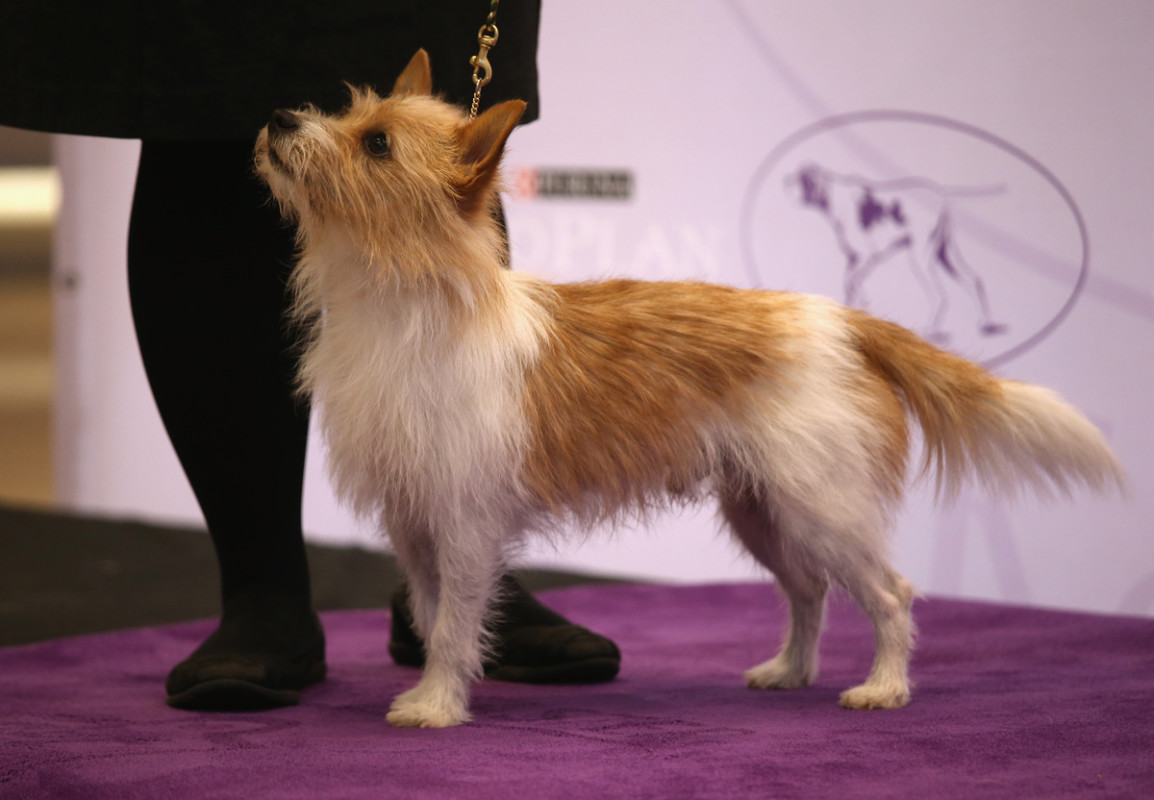
The National Dog of Portugal, the Portuguese Podengo Pequeno, is a diminutive rabbit-hunting sighthound breed similar to Cirnecos and Pharaoh Hounds. Pequenos come in short-haired varieties as well as wiry, long-haired varieties that can appear somewhat similar to Jack Russell Terriers. Pequenos are very sweet, very sociable, and overall make for wonderful, playful family dogs.
Mudhol Hound
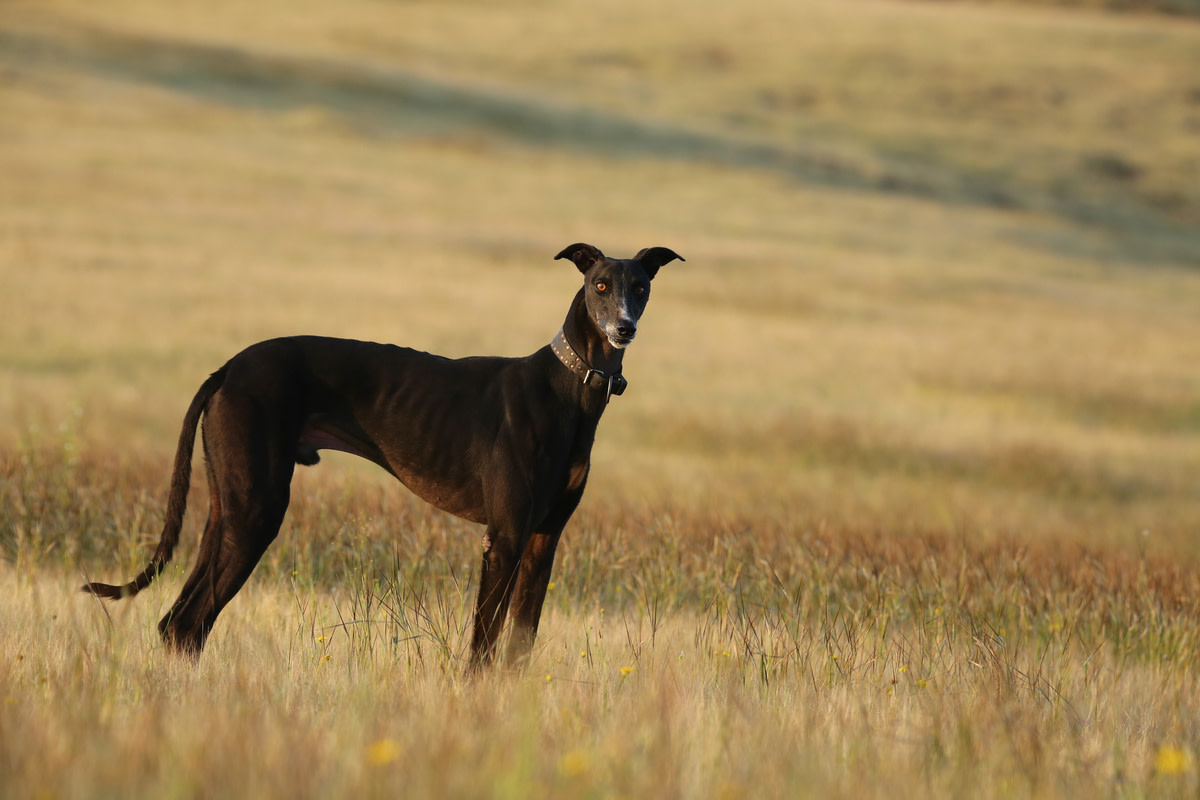
Mudhol Hounds, or Caravan Hounds, are sleek, graceful sighthounds originating from the southwestern Indian state of Karnataka. Mudhol Hounds are very aloof and prone to neuroticism, but they are very loyal to their owners and have superb guard dog instincts. In India, there are multiple breeding programs focused on preserving the health and genetic diversity of the Mudhol breed, and in the 2010s, several Mudhol Hounds were drafted into the Indian Army for their “guarding and patrolling capabilities.”
Are Sighthounds Good Pets?
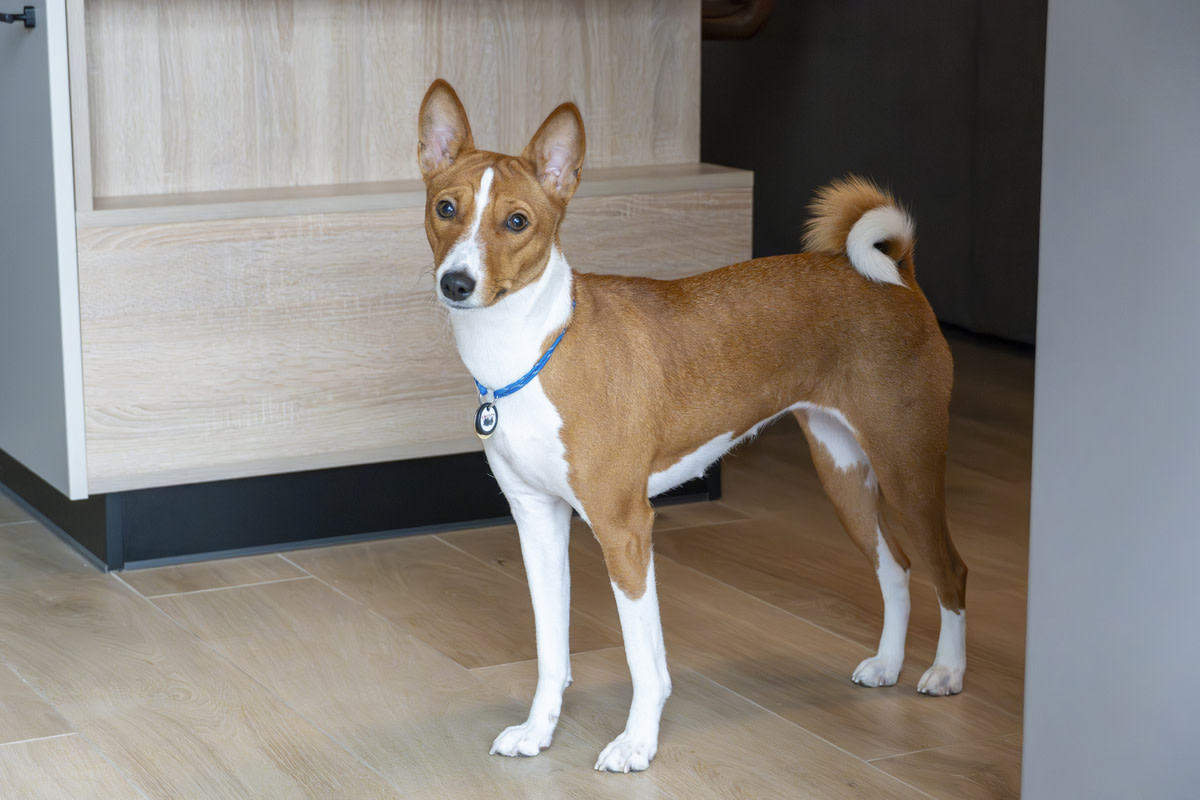
Are sighthounds good pets? That’s not an easy question to answer, as the sighthound category includes a vast array of different breeds with a huge variety in terms of temperaments. On one end of the spectrum, you’ve got socialable family dogs that are relatively easy to train and get along well with people and other pets: Italian Greyhounds, Pequenos, Whippets, etc. On the other end sit the breeds that are extremely aloof, standoffish, and difficult to train: your Basenjis, Afghan Hounds, Mudhol Hounds, etc. So whether or not any given sighthound will make a good pet depends on what specific breed they belong to, how well they’ve been socialized, and other factors (whether or not your household has other pets or young kids, how much space you have available for physical exercise, how much time and effort you can devote to training them, etc.).
There is one trait that pretty much all sighthounds share, however, and that’s a high prey drive. After all, sighthounds are originally bred to be hunters, and if they see a squirrel, there’s a 99% that they’ll bolt off chasing after it. This predator instinct is hard-wired into them and can be difficult (if not nearly impossible) to train out of them. If this high prey drive poses a potential issue for you, then you might want to think twice about adopting a sighthound!
Up Next:

